ow different cooking methods impact the nutritional value of food.
Exposing food to high levels of heat, light and oxygen will cause food to lose nutrients. In general food preparation processes will reduce the amount of nutrients in your food. Different cooking methods can also cause the nutrients to be “washed out” of food because of the use of fluids. For example boiling a potato can cause much of the potato’s vitamin B and C to migrate into the boiling water. If you continue to use the boiling water throughout the creation of your dish, you can still get the benefits of these nutrients (e.g. when you use the boiling water to make a soup), but these leached out nutrients are all lost if you discard the boiling liquid.
Different Cooking Methods.
Moist-heat:
- Steaming (232°F or 111°C)
- (submersion) Poaching (160 – 180°F or 71 – 82°C)
- (submersion) Simmering (200°F or 93°C)
- (submersion) Boiling (212°F or 100°C – blanching, parboiling and boiling)
Dry-heat:
- Sautéing (temperature varies but caramelization happens at or just over 320°F or 160°C)
- Roasting (oven temperature set between 400°F/204°C and 475°F/246°C, smaller and softer pieces will need a higher temperature. Note: slow-roasting e.g. tomatoes is done at a much lower temperature like 250°F/121°C)
Combination dry and moist-heat:
- Braising (oven temperature set to 400°F/204°C. Sample dish: Roasted Garlic & Onion Buttah)
- Stewing
- Pot roasting
As you can tell there are several cooking methods that can be applied making your dishes. Compare to raw, cooking will diminish the nutrients in your food but it allows you to add different flavors by selecting a specific cooking method.
Steaming
The main advantage of steaming is that it requires very little to no fat to cook the food or keep it moist. You also maintain more of the water soluble vitamins (B vitamins – folate, thiamine, riboflavin, niacin, pantothenic acid, biotin, vitamin B6, vitamin B12 – and vitamin C), nutrients and shape of the food because the food does not get in direct contact with the liquid and does not bump into each other. Steaming means that most of the nutrients, color and pure flavors are not able to leach into the water.
Because steaming requires a higher temperature compared to boiling, I have invested into “Saladmaster” cookware that allows you to steam in a semi-vacuum. The temperature in a semi-vacuum environment is much lower compared to regular steaming (190°F vs. 232°F) and this way you retain even more nutrients.
Compared to roasting and sautéing steaming does not add flavor during the cooking process. It merely brings out the existing flavor within the vegetable even if the steaming liquid is very flavorful. This is why it is important to only use the freshest vegetables for steaming.
Boiling
Boiling is most suitable for cooking dry, starchy ingredients such as pastas, rice and grains. The rapidly boiling liquid is needed to keep the ingredients moving so they do not stick together. Boiling is also used for blanching many vegetables (to kill bacteria for food safety requirements). Prolonged boiling is never recommended because it can damage the flavor and ingredients.
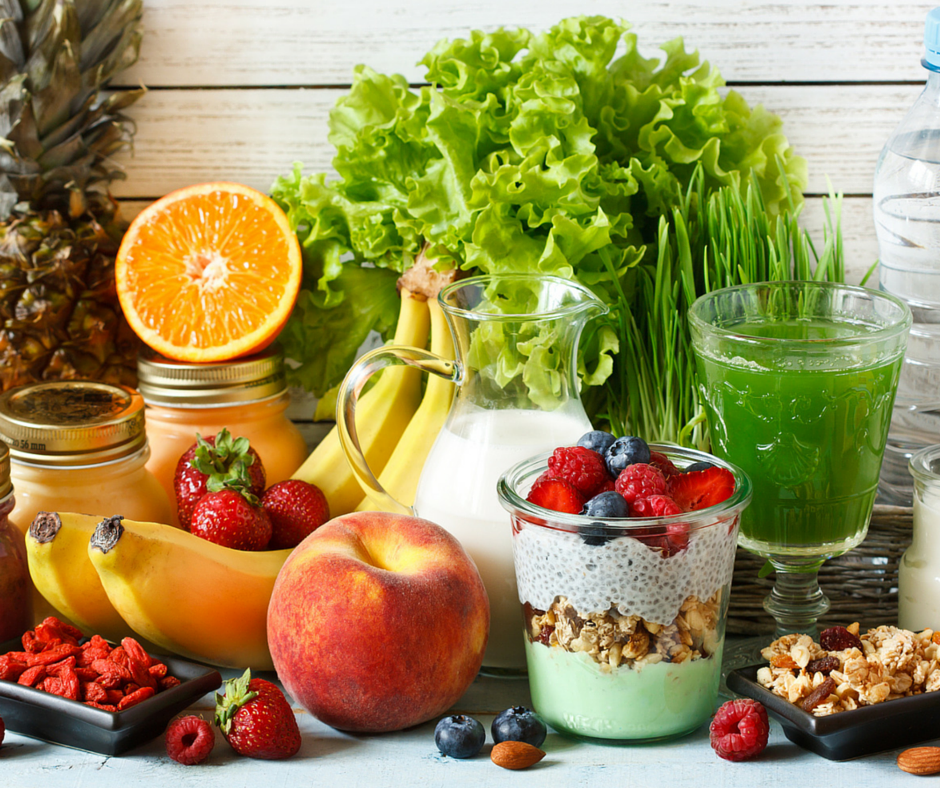
Eating raw will provide you with the maximum amount of nutrients. Incorporating raw dishes into your day (like salads, smoothies etc.) is a great way to get the maximum food benefits.
Raw foodism is a diet of primarily unheated food or food cooked to a temperature below 115ºF or 46ºC.
Personally I like to vary my cooking methods and avoid overcooking any of my fresh produce. The methods I switch between are raw, juicing (or making a smoothie), steaming (semi-vacuum steaming), quick boiling, stir frying, no-oil or water sautéing and soups. I also use my high speed blender a lot and the combination of a quick boil and blender is perfect for making great soups.
Other considerations:
- Check if the produce you are using are in season or not?
- Buying local is always the best?
- Are your produce Organic? Fresh? or Frozen?
- How long did you store your produce before using and how did you store them?
- Did you peel your food?
While the different cooking techniques will have a big impact on the nutritional value of your food, buying the freshest ingredients is always the best start. We are so used to being able to buy everything every day of the year, that we do not really consider the distance and time the produce had to travel to get to your local grocery store. Traveling a long distance means that the produce were harvested before their nutritional peak to avoid spoilage. In general buying local from a farmer that uses sustainable farming will provide you with the highest nutrition.
Do not forget frozen when certain fruits and vegetables are out of season! In most cases freezing is very kind to nutrients. Frozen fruits and vegetables are usually picked at their nutritional peak and processed within hours, locking in those valuable nutrients.
As mentioned in the beginning of this article, exposure to light and oxygen also degrades nutrients. So making multiple trips to your grocery store each week and storing in air tight containers will be beneficial.
Last but not least, peeling foods like potatoes, carrots, cucumbers, apples, pears, etc. will have an impact on the amount of nutrients. The reason is the fact that a lot of the nutrients are located directly underneath the skin.
I hope this article has given you some “food-for-thought” but if you have any additional questions, feel free to leave me a message below.
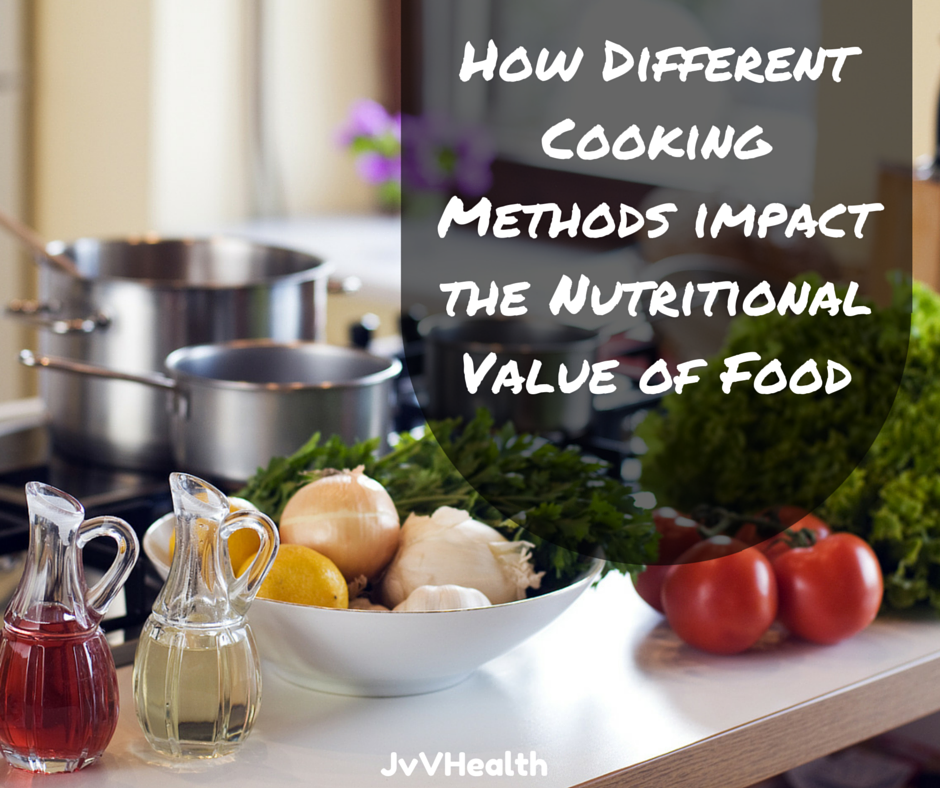

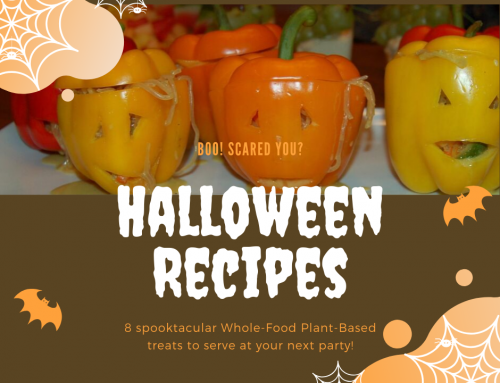
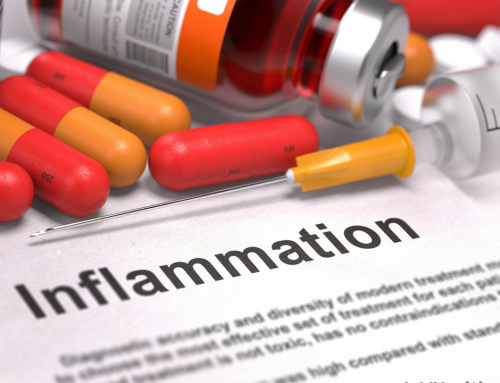

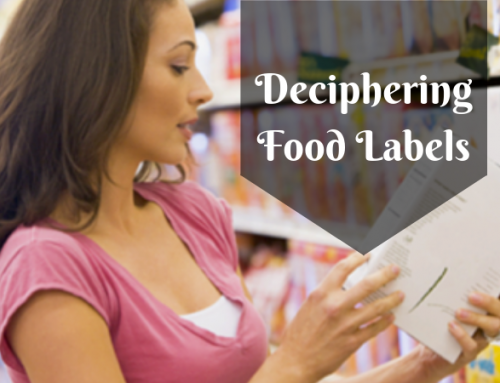
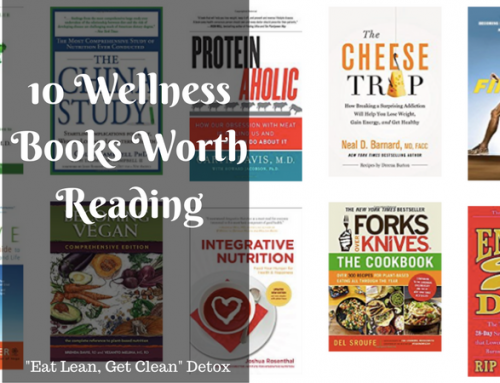
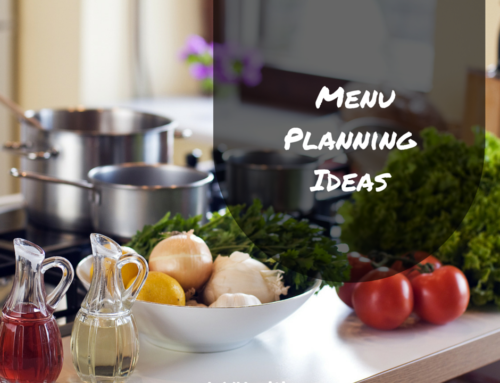



Hello! I just would like to give a huge thumbs up for the great info you have here on this post. I will be coming back to your blog for more soon.